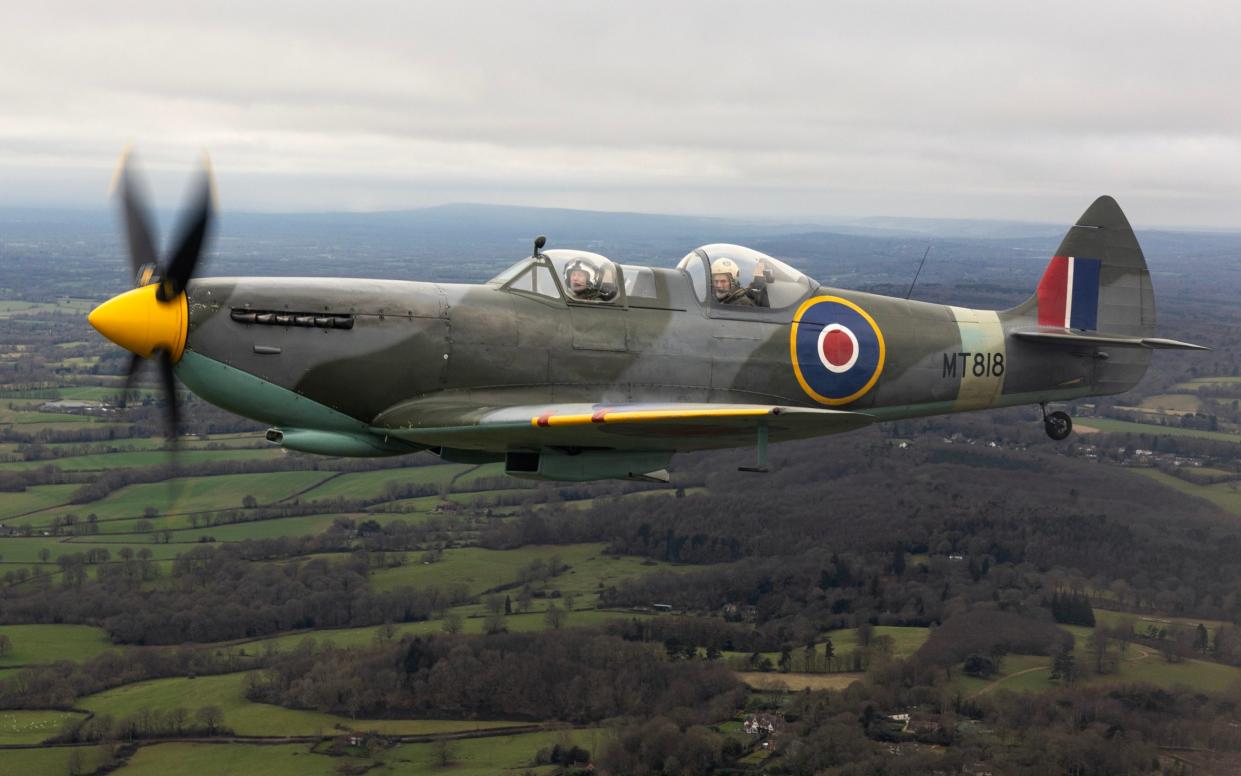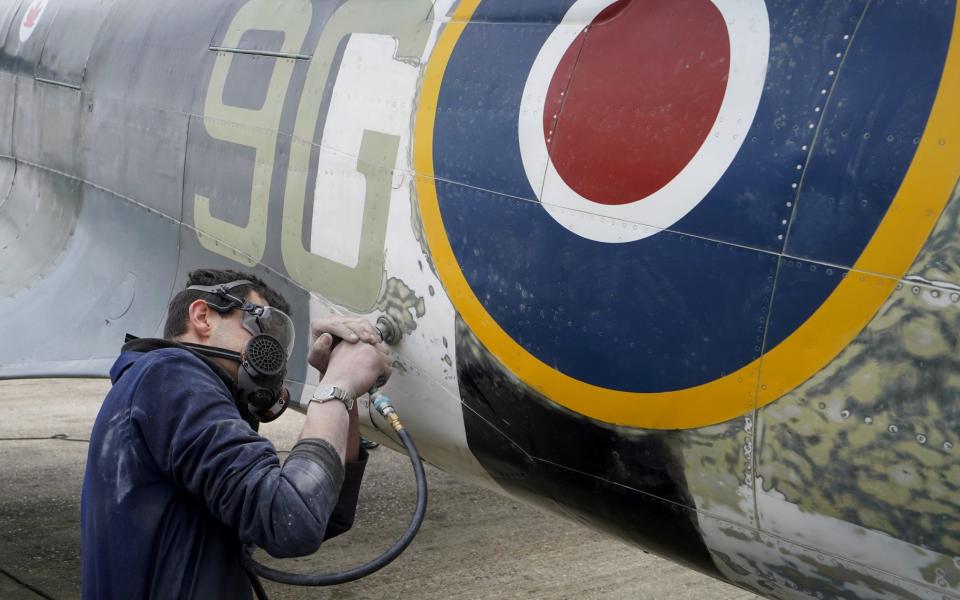Fatal crash could signal the end to Spitfire flying in the UK

A retired RAF officer has warned that the ongoing grounding of the Battle of Britain Memorial Flight (BBMF) could lead to the end of all Spitfire flying in the UK.
Terry Holloway, a retired group captain who was responsible for the BBMF’s engineering practices in the 1990s, warned that “risk averse” military regulators were placing all British “warbird” flying in jeopardy.
His warning comes after the BBMF missed out on the Trooping the Colour flypast amid an ongoing investigation into the fatal crash of a Spitfire three weeks ago.
Military authorities’ investigation into the death of Squadron Leader Mark Long, who was at the vintage fighter’s controls, could result in a decision to “permanently ground” the display team, the retired group captain said.
Those investigations are being led by the Military Airworthiness Authority (MAA).
Mr Holloway said: “There are a lot of people, me included, who have concerns about the RAF itself being very risk averse, and the MAA in particular being risk averse.
“There is a concern that if the MAA decides to ground permanently Merlin-engined aircraft, that will spread into the civil sector.”
Spitfires, along with the BBMF’s Hurricanes and its Avro Lancaster bomber, are powered by Rolls-Royce Merlin engines.
Mr Holloway, who spent 34 years in the Air Force as an engineering officer, said he feared that the outsourcing of vintage RAF aircraft overhauls to the private sector over the last few decades had led to a loss of engineering knowledge.
In turn, he claimed, military regulators who oversee the BBMF could lack the in-depth knowledge needed to confidently declare that its aircraft are safe to fly again after May’s crash.
Risk-averse regulators could err on the side of excessive caution, he warned.
“The other concern in the civilian warbird industry,” continued the retired group captain, “is because the BBMF is effectively the benchmark model for similar aircraft operations in civilian hands.”
A decision by the MAA to ground the BBMF could provoke civil regulators into looking twice at civilian “warbird” operations of the type seen at hundreds of airshows around the country every year.

Mr Holloway, who retired from the RAF 28 years ago, oversaw the BBMF’s engineering practices and was also in charge of bringing its vintage Dakota paratrooper-dropping aircraft onto the flight’s books in the 1990s.
Arguing for the military authorities to provide more transparency into their investigation into the fatal crash of the BBMF Spitfire in May, Mr Holloway pointed out that civilian-operated vintage aircraft made it across the Channel for the D-Day 80th anniversary commemorations earlier this month.
“The BBMF fleet remains grounded whereas the civilian Spitfire fleet continues to fly quite safely without any problems,” he said.
May’s crash was the first ever fatal accident in the BBMF’s history.
Senior RAF sources, describing the sequence of events, said that the pilot took off as normal from RAF Coningsby for a scheduled air display at East Kirkby, a nearby museum.
The Spitfire, military serial number MK356, got airborne heading east from Coningsby, raised its wheels and made a 180-degree turn to the right.
At that point the pilot, Sqn Ldr Long, broadcast a “mayday” emergency call shortly before crashing near houses a few hundred yards from the airfield’s boundary fence.
Mr Holloway, who is himself a private pilot, speculated that the cause of the crash could have been a problem with the fighter’s 27-litre Merlin engine.
“I hope that’s not the underlying cause of the problem because if it is, understandably, people would want to say, ‘Well, can we accept the risk that there isn’t another one out there waiting to happen?’”
The MoD was contacted for comment.

 Yahoo News
Yahoo News 
